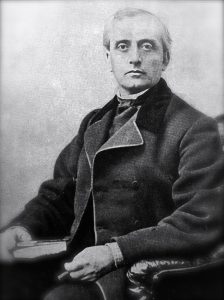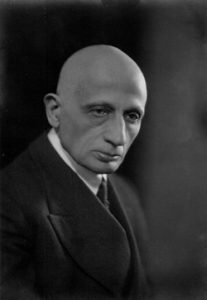19th Century
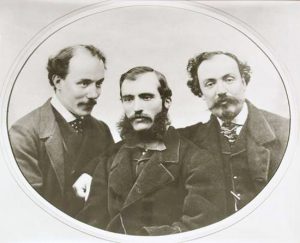
Fratelli Alinari was an Italian firm founded in Florence in 1852 by the three Alinari brothers, Romualdo, Leopoldo, and Giuseppe. Fratelli Alinari became one of the largest and most prolific European photography firms of the 19th and 20th centuries. By 1880 the firm employed over 100 people. Alinari specialized in views of Italy and the reproduction of works of art.
Fratelli (Michele) Amodio was an Italian photographer, active between 1850 t0 1890, who had studios in Milan and Naples.
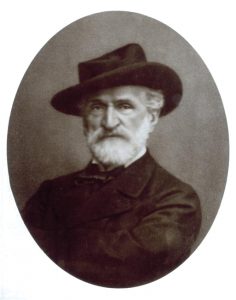
Giacomo Brogi (1822-1881), an Italian photographer who was also an engraver based in Florence, he became a photographer in 1856. In 1860, he established his own studio, Giacomo Brogi Fotografo, specializing at first in portrait photography before producing other subjects. In 1863 he published his first catalog of his campaign in the Holy Land and works of art, Dei Soggetti artistici. He created his first photographic campaign of Pompeii in 1879 and 1880. The next year he exhibited his work in Milan and won a silver medal and first prize for landscape and architecture Photography in Melbourne. His business eventually expanded to include studios and associates throughout Italy. Brogi was a founder and the first vice president of the Italian Photographic Society.
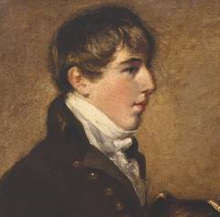
Rev. George Wilson Bridges, (1788-1863), an English clergyman, author, traveler, and early photographer, he had eight children and lived in Jamaica and Canada. In 1843 Bridge’s son became acquainted with the Talbots and Bridges was given a copy of William Fox Talbot’s book The Pencil of Nature, which documents Talbot’s photographic experiments with calotypes. Bridges took up photography and took advice from Talbot, who gave him basic instructions and prepared paper on which he could make calotypes. From 1846 to 1852 Bridges traveled in the Mediterranean and the Middle East producing 1,700 calotype negatives. He sent Talbot his photographs and eventually had some of them published near the end of his life.
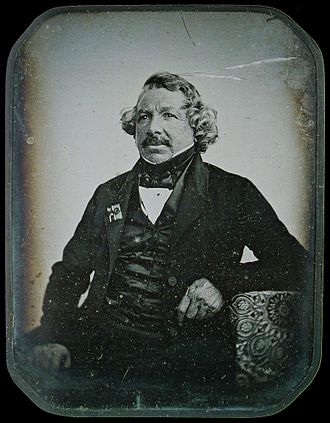
Louis-Jacques-Mandé Daguerre (1787-1851), a French artist and father of photography. He is best recognized for his invention of the daguerreotype in 1839.
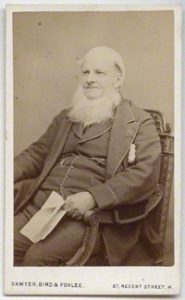
Alexander John Ellis (1814-1890), an Englishman known as a mathematician and philosophy, was also a photographer who took some of the earliest daguerreotypes in Italy. In 1841, at the age of 26, Ellis decided to take an extensive trip to Italy to take daguerreotypes focusing on the Grand Tour and classical civilizations. On his journey he took 137 daguerrotypes, having little experience and proceeding by trial and error. He intending to publish them as engravings in an illustrated monthly magazine, L’Italia in daguerreotype, but it never came to fruition.
Giuseppe Fiorelli (1823-1896), an Italian archaeologist who was the Director of excavations at Pompeii from 1863 to 1875. He introduced new systems for excavations that better preserved new discoveries as well as developing the use of plaster casts in empty cavities. During this time he collaborated with photographer Giorgio Sommer to photograph his findings and promote his work.
Stefano Lecchi (1805 – 1860s?), an Italian photographer who was one of the pioneers of photography in Italy in the 19th century. He was one of the first primitive photographers working in Rome and Pompeii. His photographs are very rare and most are of Rome during the French occupation. In the 1840s he perfected a new photographic technique known as salted paper, which was another way to reproduction images based on the Calotype method created by Fox Talbot. He is known to have taken up to 14 images according to Rev. George Wilson Bridges’s letter to Talbot in 1847. There is only one known salted paper image of Pompeii of Lecchi’s that is currently part of the collection of Roger Pines Como.
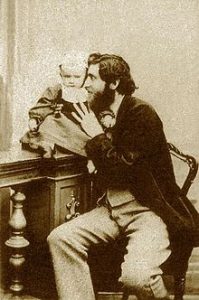
Giorgio Sommer (1834-1914), an Italian photographer of German descent who started photographing with his first camera at the age of 16. Sommer worked extensively around Europe and is well known for his architectural photographs. He first worked in Switzerland and then opened a studio in Naples in 1857. He initially produced tourist photographs before moving on to views, genre scenes, and reproductions of works of art, specifically ancient Greek and Roman statuary from the museums in Naples and Rome. In the 1860s he collaborated with archaeologist Giuseppe Fiorelli to make photographic reports and documentation on the results of excavations at Pompeii.
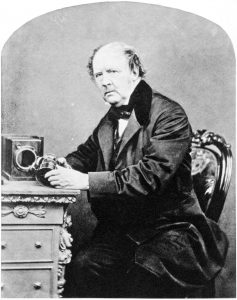
William Henry Fox Talbot (1800-1877), a British scientist, inventor, and father of photography, he was a pioneer in the field inventing the salted paper and calotype processes, as well as a photoglyphic engraving process. He was a rival of Daguerre’s during the early development of the medium. His images are the earliest photographs made of Oxford, Paris, Reading, and York, and he published a book, The Pencil of Nature in 1844–46 that is illustrated with his original salted paper prints from his calotype negatives.
20th Century
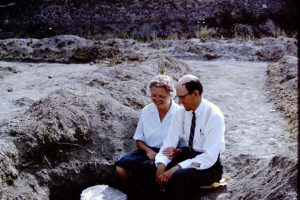
Stanley A. Jashemski (1914-1982), a noted American physicist and Wilhelmina’s husband, he accompanied his wife during her archaeological work at Oplontis and Pompeii and partnered with her in bringing innovative scientific methods to excavations. He contributed photography and drawings of the sites for her two-volume publication The Gardens of Pompeii, Herculaneum, and the Villas Destroyed by Vesuvius (1979, 1993), as well as other publications.
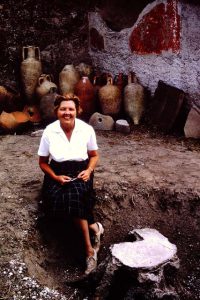
Wilhelmina Jashemski (1910-2007), an American from Nebraska, she was a noted scholar who worked on excavations at Pompeii, Boscoreale, and Oplontis from 1961 to 1984, where she pioneered investigations in the garden and horticultural archeology. She wrote several books including her two-volume publication The Gardens of Pompeii, Herculaneum, and the Villas Destroyed by Vesuvius (1979, 1993), and was a Professor of Ancient History at the University of Maryland. In 1996, she was awarded the Gold Prize for Distinguished Archaeological Achievement by the Archaeological Institute of America.
Amedeo Maiuri (1886 – 1963), an Italian archaeologist, he was Chief Archeologist from 1924 to 1961 at Pompeii. He was instrumental in keeping archeological excavations going throughout the Fascist years of Mussolini and during World War II when Pompeii was bombed by Allied forced. In his work at Pompeii, he focused on excavations below the destruction level of 79AD and several houses, such as the House of the surgeon, Casa dell’Efebo, and discovered the Placentarius, a small bronze statue, currently at the Naples National Archaeological Museum.
Vittorio Spinazzola (1863-1943), an Italian archeologist that was the Director of Excavations at Pompeii from 1910 to 1923, where he was known for his expansion of excavations on the main street, Via dell’Abbondanza. He was on of the first archeologists to use photography as a way to record phases of an excavation.
